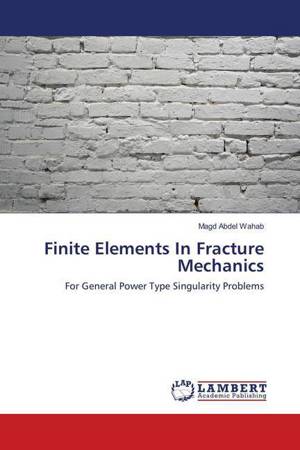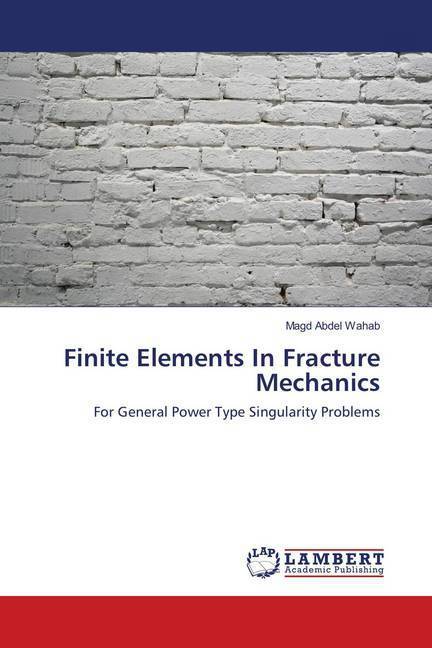
Je cadeautjes zeker op tijd in huis hebben voor de feestdagen? Kom langs in onze winkels en vind het perfecte geschenk!
- Afhalen na 1 uur in een winkel met voorraad
- Gratis thuislevering in België vanaf € 30
- Ruim aanbod met 7 miljoen producten
Je cadeautjes zeker op tijd in huis hebben voor de feestdagen? Kom langs in onze winkels en vind het perfecte geschenk!
- Afhalen na 1 uur in een winkel met voorraad
- Gratis thuislevering in België vanaf € 30
- Ruim aanbod met 7 miljoen producten
Zoeken
Finite Elements In Fracture Mechanics
For General Power Type Singularity Problems
Magd Abdel Wahab
Paperback | Engels
€ 71,45
+ 142 punten
Omschrijving
The computation of the strain energy release rate and the stress intensity factor in a fracture mechanics problem is of great importance since they categorise and characterize the crack growth. The work presented in this thesis concentrates on the calculation of the strain energy release rate and the stress intensity factor by the finite element method for general power type singularity problems. Based on the Irwin's crack closure integral method, strain energy release rate formulae for 3-D finite elements are derived. Applications to embedded elliptical and semi-elliptical surface crack are also presented. A family of 2-D finite elements which have the capability of modelling general power type singularity problems is developed. Those elements are useful in modelling cracks perpendicular to a bimaterial interface and kinked cracks where the stress singularity has a value different from 0.5. The concept of the 2-D element has been extended to develop a 3-D 6-noded element containing a singularity , which can be used to model a corner singularity at the crack front free surface intersection and cracks in composite materials.
Specificaties
Betrokkenen
- Auteur(s):
- Uitgeverij:
Inhoud
- Aantal bladzijden:
- 172
- Taal:
- Engels
Eigenschappen
- Productcode (EAN):
- 9783838304014
- Verschijningsdatum:
- 27/07/2010
- Uitvoering:
- Paperback
- Afmetingen:
- 150 mm x 10 mm
- Gewicht:
- 246 g

Alleen bij Standaard Boekhandel
+ 142 punten op je klantenkaart van Standaard Boekhandel
Beoordelingen
We publiceren alleen reviews die voldoen aan de voorwaarden voor reviews. Bekijk onze voorwaarden voor reviews.









